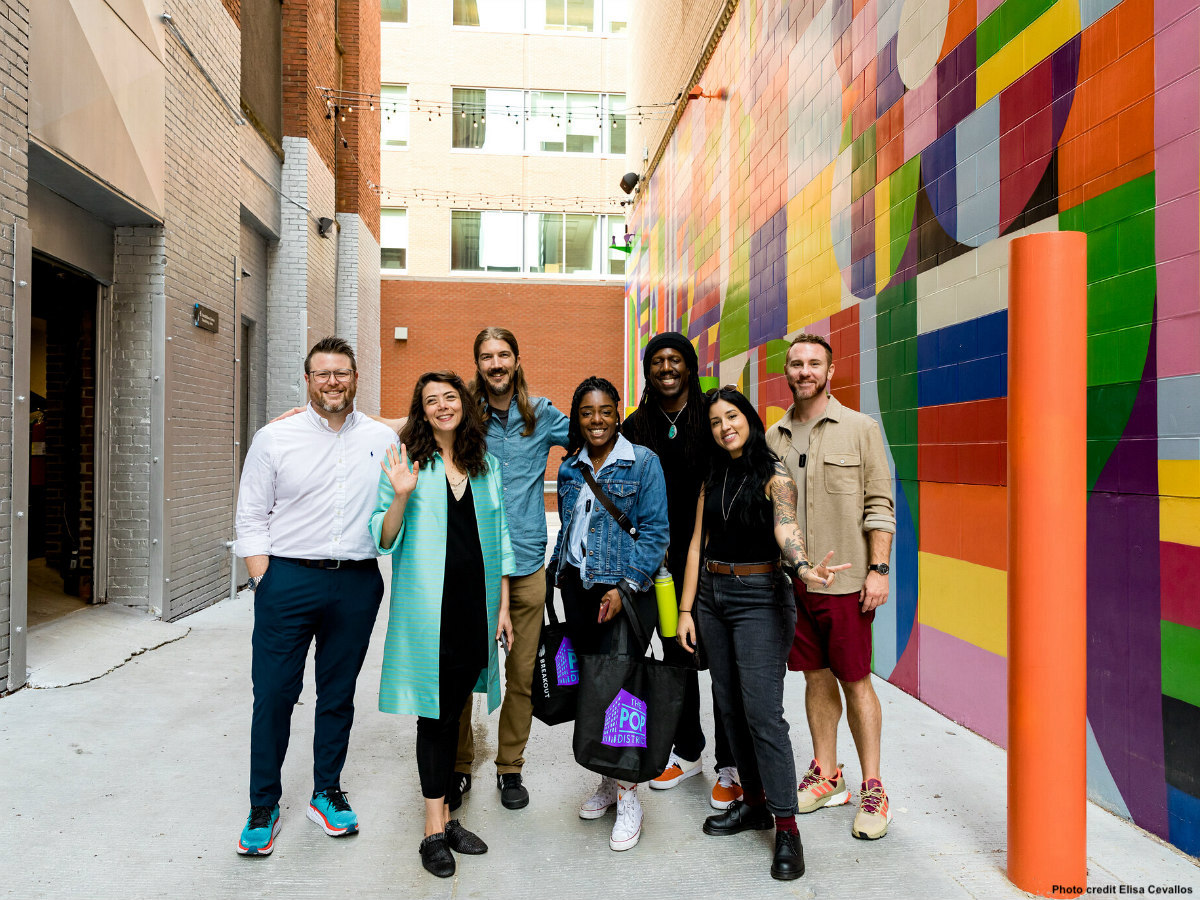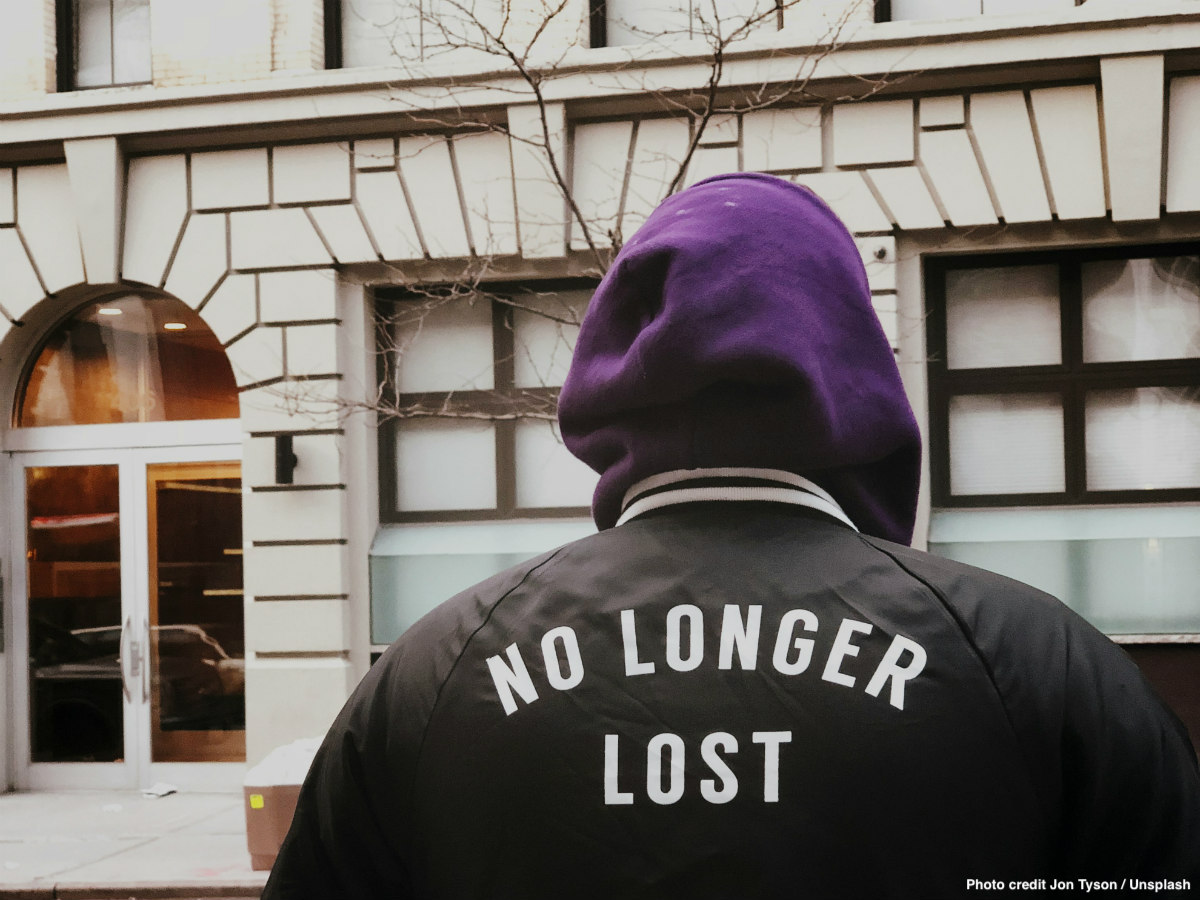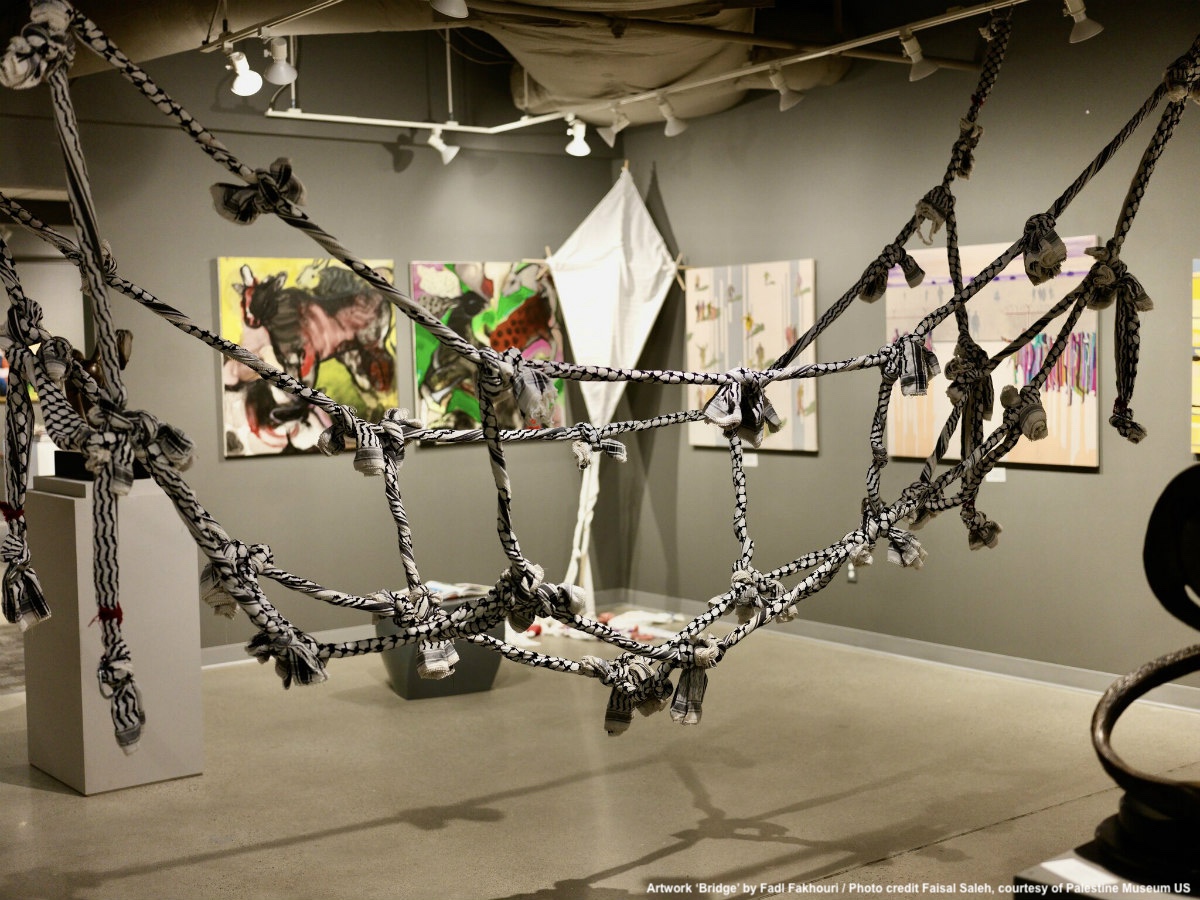Talking to Byron Nash about his professional journey, it’s easy to pick up the thread by which he’s pulled himself along. He believes in the power of mentoring and support to alter people’s trajectories. It is remarkable that the Andy Warhol Museum has picked this Pittsburgh-based musician, songwriter, and producer as the community engagement and events coordinator of its recent initiative The Pop District.
The story of Byron Nash suggests why this initiative by the Warhol Museum is made to succeed. Since the museum opened to the public in 1994 in a converted historical warehouse, The Pop District is Warhol’s legacy’s next significant step in the “advancement of the visual arts,” although it is far more ambitious. “The main purpose is to create an economy around the museum,” and in particular provide training in creative skills for youngsters and elevate their talents in a space that generates job opportunities to build a creative industry in Pittsburgh.
“With this initiative we want to make sure that the next Andy Warhol doesn’t have to leave Pittsburgh to become Andy Warhol,” Nash told me last week. This musician is aware of the challenges of working in the arts, and in today’s increasingly confusing creative landscape with multiple social media platforms, content and corporate entities.
Coming from a troubled background, Nash’s professional career drew from perseverance and hard work. “There are many things one is good at but you take them for granted. While you are doing all those things, you are paving the way for other things,” says Nash. He has been in the music and art scene for quite a long time, he also became a good bartender and he was appointed Creative Director of a brewery. It was at the bartender job where he realized the importance of social connections. “I always felt I hadn’t reached my potential”, he says, describing “a world where he met people from all walks of life who have influenced me in many ways. And I came in without a contact, but I built my own social infrastructure from the ground up.”
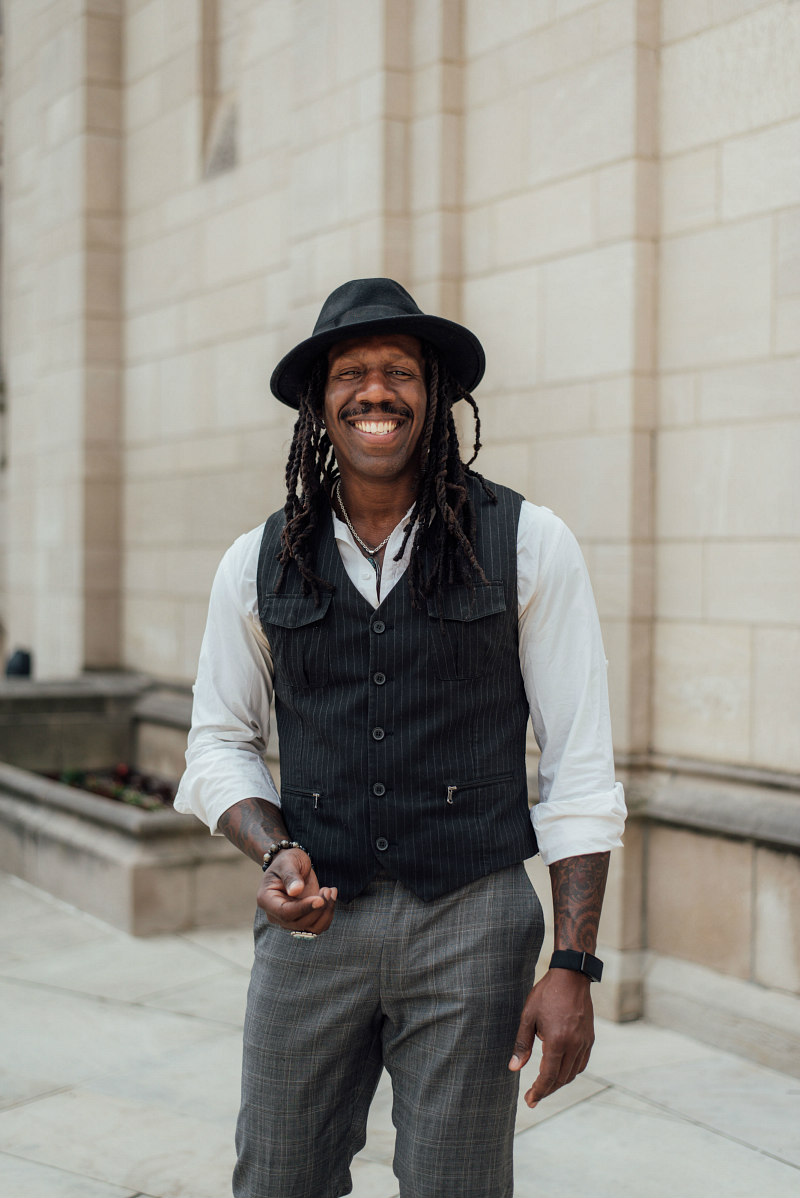
In 2004 he participated in the Thrival Festival, a yearly music and tech festival started by Dan Law who is now the Associate Director of the Warhol Museum and started The Pop District. He approached Nash about working for The Pop District in 2019 because of his positive reputation and how he could help influence and mentor youngsters for professional achievement in Pittsburgh.
“For the people who know me in the city, they have seen the progression, I work hard, I don’t give up. Everyone that is involved in The Pop District has an entrepreneurial spirit, we are all building up a professional path together.”
Under Warhol Creative’s programming, the Pop District delivers content for the cultural scene in the city such as ballet theaters and corporations. Through digital marketing programs at Warhol Creative and the Warhol Academy students can learn from practicing professionals and upscale their technical and soft skills shoulder to shoulder with people who are already working in the creative industry. The programs provide them with the confidence to build up their professional development. And Nash adds, “a kid from around the corner can meet the director of the museum, can talk to him and speak about art.”
We are a kind of working class city around the healthcare and tech industries but we can create an alternative economy locally embedded in the creativity of the youth in Pittsburgh that is globally connected thanks to the Warhol Museum.
Often youngsters with talents and interests in the arts lack the orientation to find their professional careers. The Pop District intends to open their minds to a broader creative achievement that can lead to many other opportunities in artistic innovation, beyond the ultimate goal of becoming a renowned artist.
Andy Warhol started out as a freelance commercial illustrator in New York in the 60s, and he perfectly understood the importance of advertising, when pop culture was booming, in contrast to the dependence of factories for economic opportunities in Pittsburgh. Some years later thousands of blue-collar workers, as well as white-collar workers, lost their jobs during the desindustralialization of the city in the 70s and 80s and companies moved away from Pittsburgh.
By 1990 the city had lost almost half of its population, but miraculously recovered around its medical and research centers. Today the economic activity of the city counts on large medical providers and the presence of technological companies like Apple and Google.“We are a kind of working class city around the healthcare and tech industries but we can create an alternative economy locally embedded in the creativity of the youth in Pittsburgh that is globally connected thanks to the Warhol Museum,” says Nash.
I asked Nash how easy it is to reach youngsters, as museums can feel very separate from their immediate surroundings. Although many have realized that it is no longer only about the art. “We don’t feel isolated, it is just harder for them to know what we are doing. We go to high schools and talk to organizations connected to students to put events together. We also use social media to invite them into the space,” explains Nash. “We have been growing organically.”
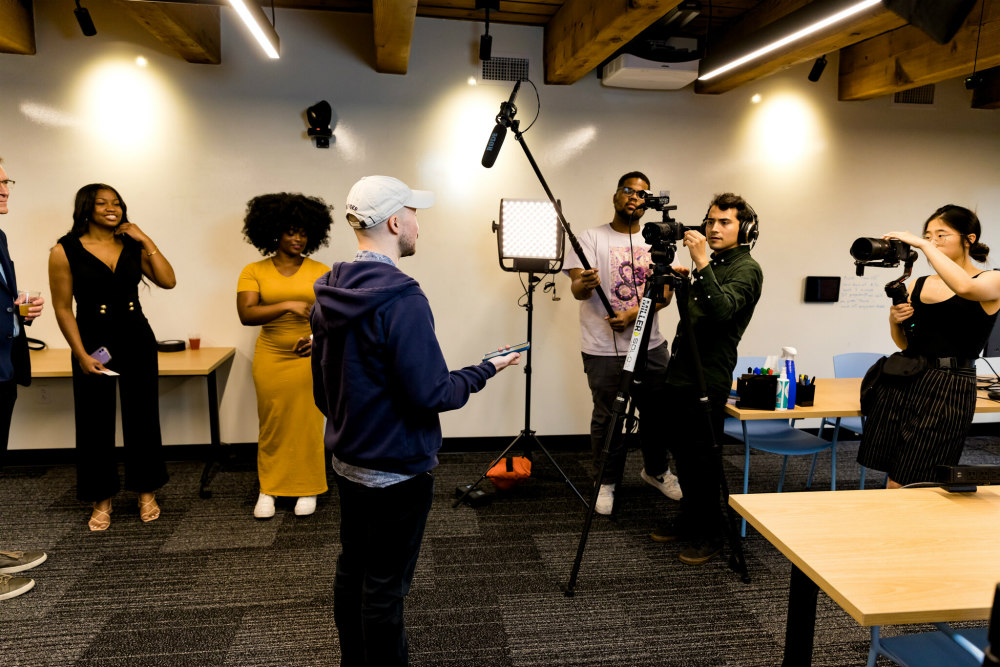
Nash has also found another way to connect — a diverse team, and savvy kids running the social media, chosen for their ability, initiative and willingness to learn and grow with the program, and whose tone implicitly makes other kids feel that “they are part of this” — right there in the neighborhood. Inclusivity is a key component of The Pop District, in particular, “we aim at elevating teenagers and young kids from disenfranchised neighborhoods. From the beginning diversity has also been the highest standard of what we do, in alignment with Andy Warhol’s spirit.”
The Factory was a gathering of intellectuals, gay artists, and Drag Queens. Andy Warhol mastered the art of recording celebrity and advertising, using a variety of analogue media. Working class values and artistic innovation coalesce in Warhol’s art pieces. In the digital age, it is pretty amazing to see how “young people ranging in age from their teens to their twenties are ahead of us, they start younger, they are the ones who grew up with the gadgets in their hands, and they know how to handle Tik Tok and Instagram,” explains Nash.
They just need somebody to show them the way because “We [the museum] have the means and access, and we could help them to navigate in the creative industry, and show them how they operate in an office space. Watching these kids being trained and excelling, with the different talents and skills that they bring to the table, and taking on projects alongside professionals for outside companies, explains how the programs elevate them to understand how they can materialize their skills as an income source.”
Currently the Pop District is building its own music venue, with opportunities for the local music scene which could also be turned into an income. Nash scored music for a Warhol video for a fundraiser dinner and I scored music for a play earlier this year.
At 50, Byron Nash says he feels energized to raise awareness about the Pop District and bring people in. When I asked him if he might be an inspiration to attract fellows to their programs, he humbly responded, “I think overall the whole team is inspirational, students get to see us in action. On one side there is the corporate world, and on the other is the Warhol Museum, and you are in a space where these two worlds collide, that is where the inspiration comes from, in the work that is happening.”
